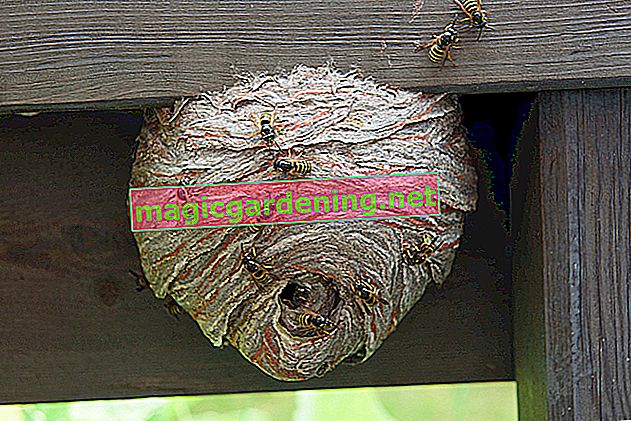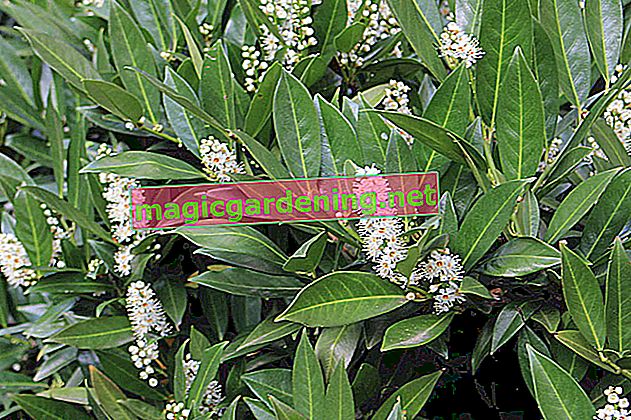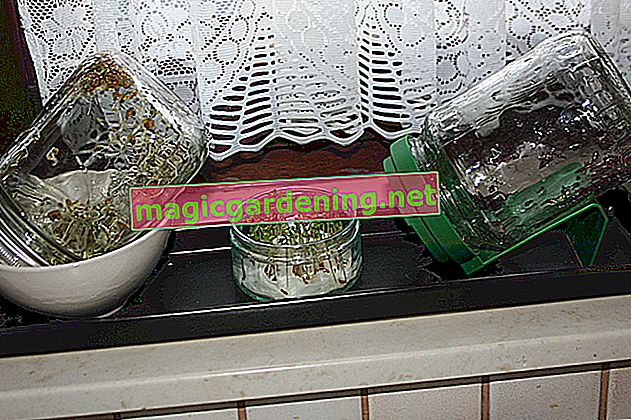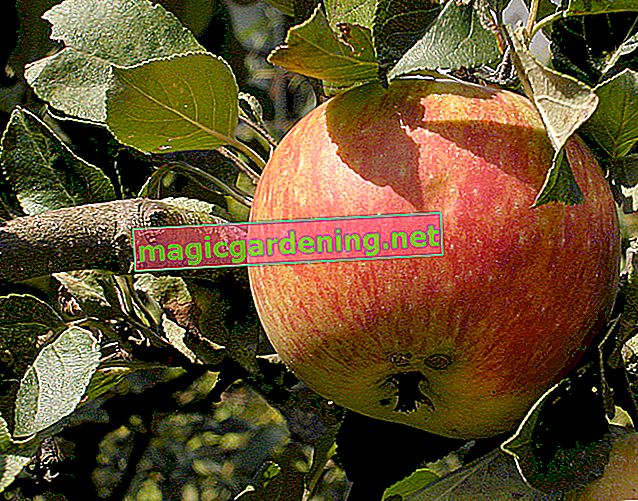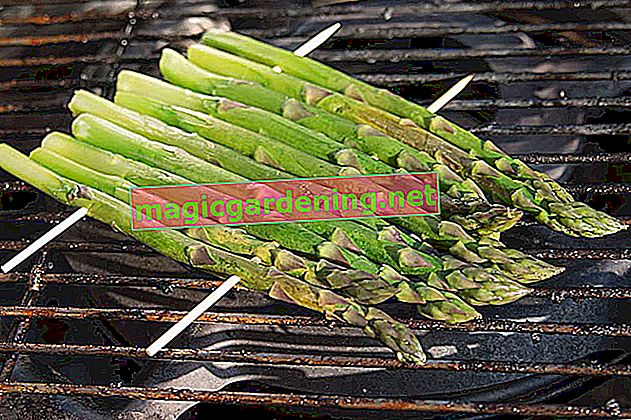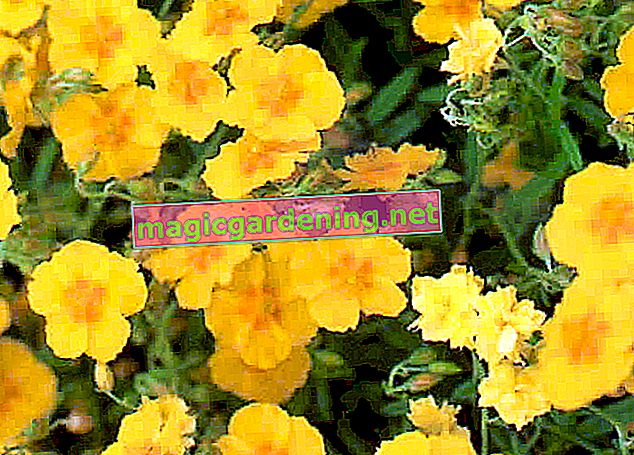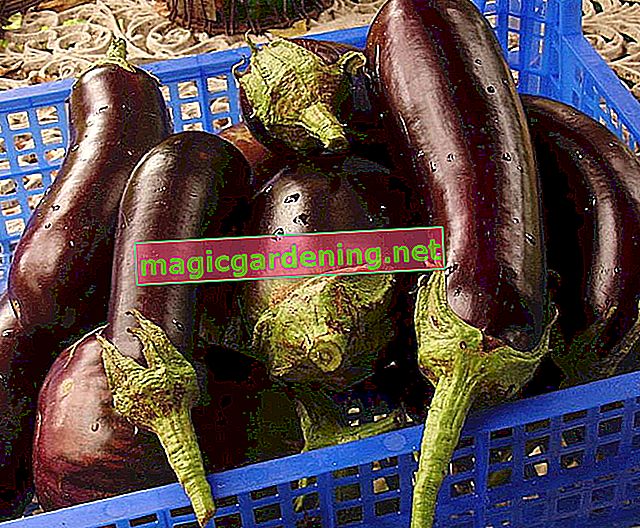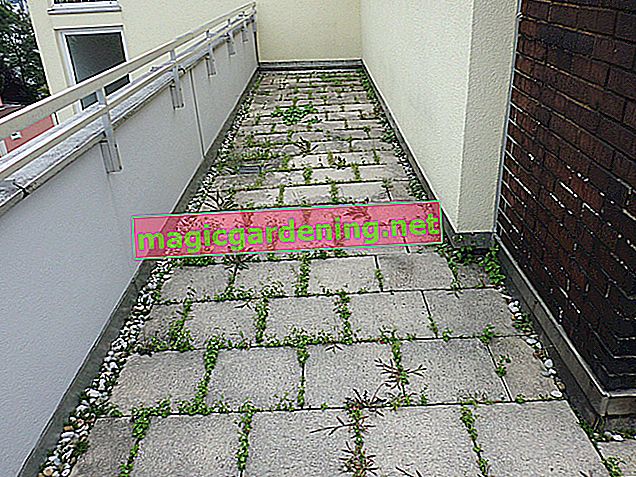
Remove liverwort from the bed and lawn - this is how it works
Well liver moss and the like prefer a place with shady, moist conditions. In beds and lawns with compacted soil, they prefer to anchor themselves with their cell threads, as there is no significant competition to fear here. By making it as uncomfortable as possible for the liverwort, you can get rid of the green plague. That is how it goes:
- Regularly loosen the soil in the bed and give it more permeability with sand
- Scarify, aerate and sand the lawn in spring and autumn
- If the pH value is below 5.5, lime green areas to a value between 6.0 and 7.0
also read
- Fighting moss in the lawn with lime - this is how it works
- Fighting weeds in the lawn - the 10 best tips
- Fighting hop clover in the lawn
If liverworts populate the substrate of your container plants, remove the top layer of soil and mulch with gravel or expanded clay. (€ 17.50 at Amazon *) A drainage made of potsherds, which you spread over the water drain in the ground, prevents waterlogging. Preferably use peat-free potting soil that is enriched with perlite, sand or lava granulate (€ 13.76 at Amazon *) liverwort does not feel welcome here.
Remove liverworts from the paved areas
Liverwort grows in the joints on paved surfaces and causes an unkempt appearance. You can destroy the unloved moss with a high-pressure cleaner (€ 89.00 at Amazon *) and a flame burner; however, sensitive natural stone doesn't get away with it unscathed either. How to do it right:
- Remove the liverwort with a wire or joint brush
- Then scrub the infected area thoroughly with vinegar
- Alternatively, dissolve 20 g of soda or 15 g of potassium permanganate in 10 l of boiling water and spray on
If you repeat this control strategy regularly during spring and summer, you will be spared liverwort.
Tips
Instead of destroying liverwort, ecologically-minded house gardeners use the valuable ingredients to strengthen their plants and drive away snails. The washed moss is dried and mixed in a mixer with 70 percent alcohol. Let it steep for a day, strain - the natural and versatile tonic and disincentive is ready.


